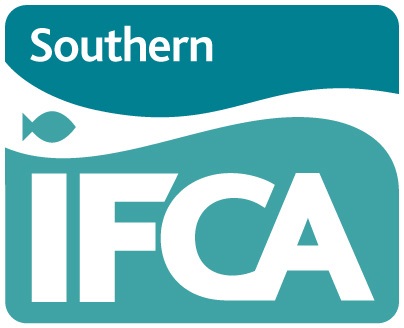Pot and Trap Fisheries Review
Pot and trap fishing has been a key part of the Southern IFC District’s history for generations. Today, this fishery supports more than 220 commercial fishers who use pots or traps to collect crabs, lobsters, whelks and cuttlefish. In addition, the District’s waters support more than 40 recreational pot fishers who catch crab and lobster for their own personal consumption.
Southern IFCA is currently undergoing a review of the management measures in the District’s inshore pot fisheries in order to ensure that they remain sustainable and support the industry for future generations.
The review began with a ‘Call for information’, which invited stakeholders to submit views on whether any improvements could be made to management and how improvements could be achieved to support the sustainability of the pot fisheries.
A total of forty responses were received, which highlighted that further management measures were required to support the District’s pot fisheries sustainability. Since then, an Authority Working Group, consisting of Defra Appointee Members, has been carrying out this review in an evidence based, strategic and proportionate manner. In line with the objectives of the review. Members have considered the effectiveness of existing management and opportunities to strengthen it. The best available evidence from a variety of sources, including stock and catch assessments, scientific literature and the knowledge of commercial and recreational users has supported discussions to date.
Pot & Trap Call for Information Summary of Responses 2019
Following this, Members approved a 10-week public consultation on a review of management measures in the inshore pot fisheries within the Southern IFC District. The consultation considered a number of more specific management measures such as; recreational pot and catch limits, commercial pot limits, fishery closed seasons, species minimum conservation reference sizes and escape gaps. Over all, a total of 110 responses were received in response to the consultation. A copy of the summary document for this public consultation can be viewed using the link below:
Southern IFCA’s Summary of Responses to the review of management measures in the inshore pot fisheries. January 2021.
Based upon the responses submitted duirng previous consultations and other available evidence a Pot Fishing Byelaw was 'made' by the Authority in March 2022 and was then advertised publicly for two consecutive weeks. Immediatly following its advertisment, a period of Formal Consultation was open for 28 days during which objections to the byelaw could be sumbitted. A number of objections and letters of support were recieved during this time.
